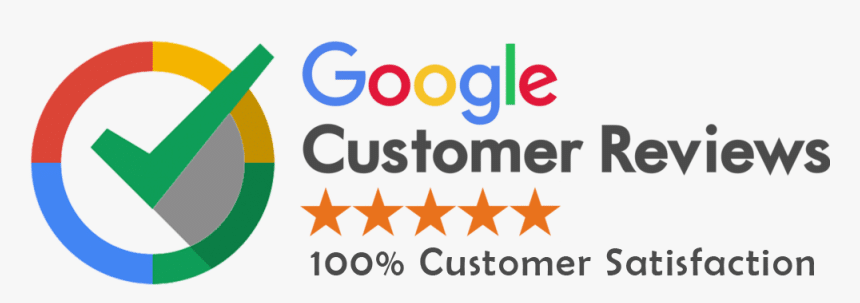Procedure for a Compelling Product Description.The item description is one of the best tools for ecommerce marketing. All things considered, an ecommerce site serves its online clients with complete data about the item that has chosen to purchase. A decent item copywriting is essential for offering both the item and organization in exceedingly competitive web market.
How to set up an extraordinary product copywriting for ecommerce site?
Composing item descriptions is a simple slip-up that generally any expert essayist makes. Watch the accompanying strides for compelling item description composing:
1. Focus on Your Ideal Customer
Begin imagining so as coming item description the necessities of your targeted client. In the event that you compose descriptions to a mass of people, the description turns out wishy-washy and wind up tending to nobody. The best item description might address perfect client in a manner as though you having discussion with them. The description ought to pre-answer every one of the illuminations that perfect purchasers help while browsing through the site.
2. Entice with Benefits
Don’t sell a product, sell experience.
While offering the item, we get energized with the features as we probably am aware the item and organization inside. In any case, the same noteworthiness can’t be comprehended by potential purchaser as he/she speaks the truth to get relate with the item. It is imperative to advantage each of your features. Unleash the advantages in a manner that it produces enthusiasm among the purchasers and rouse them to make motivation purchase.
3. Justify Using Superlatives
Utilizing a superlative is not prudent unless it is fitting. While composing a description with a superlative sound, characterize plainly how the superlative is right with legitimate judgmental sentences.
5. Allure with Sensory Words
Procedure for a Compelling Product Description.Adjectives can make ponders. Appeal your item descriptions by utilizing obliged number of adjectives to astonish the readers.





